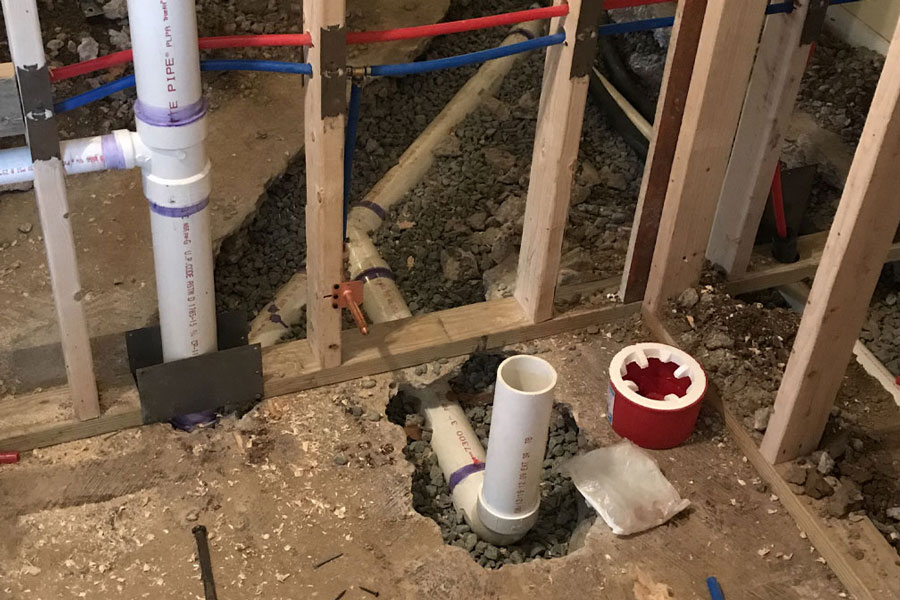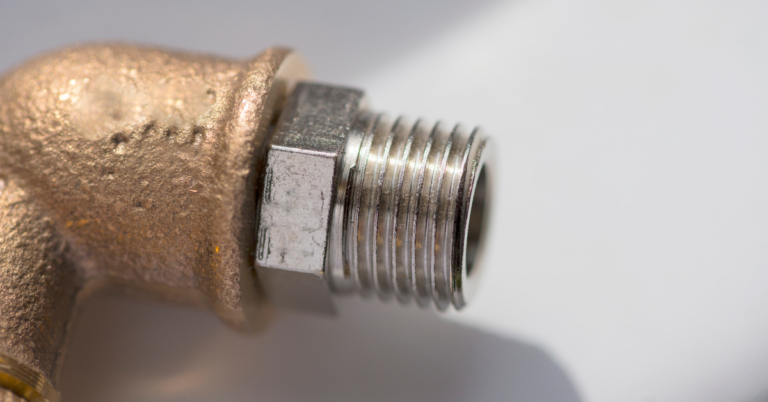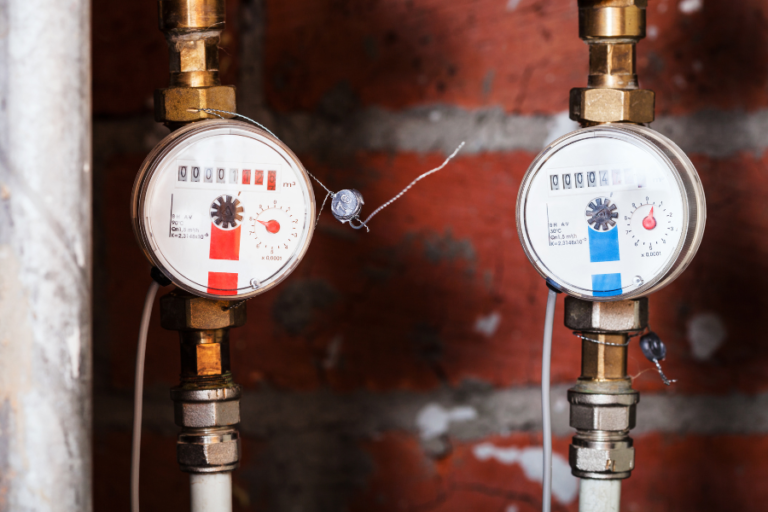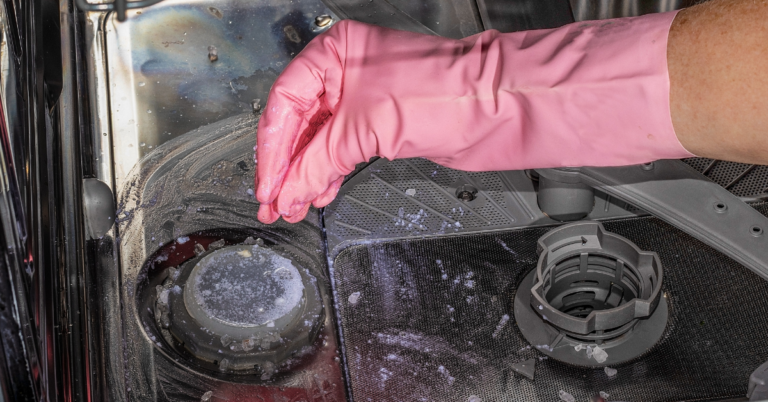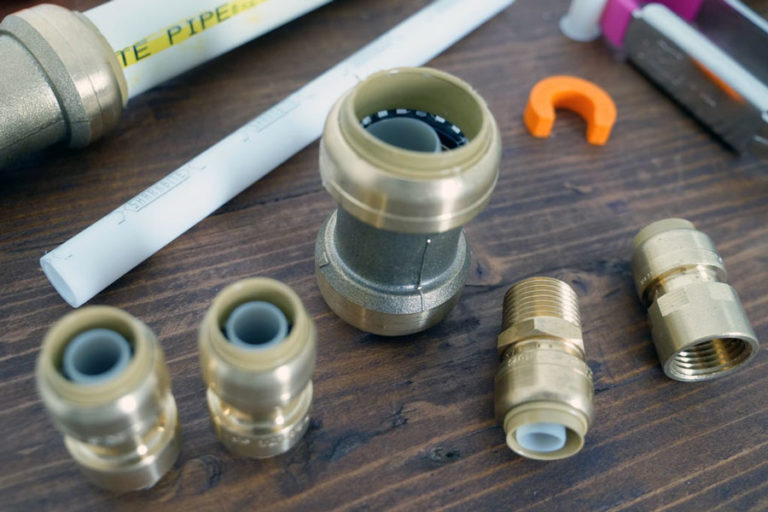New-Home Buyers Beware: 3 Plumbing Problems In New House!
No one wants to find out that they have plumbing problems in their brand new house.
The best way to avoid them is to know what to look out for before you buy. Today, we’re going to help you identify some some of the most common plumbing issues and spot the red flags before they cost you lots of time and money.
3 Plumbing Problems in New House
People moving across the country are particularly susceptible to plumbing issues since they have less time to inspect potential homes themselves — if they get to inspect them at all. Luckily, some long distance moving companies will recommend local home inspectors who know what to watch for in the area you’re moving to.
Here are 3 common plumbing problems in a new house (heck, they’re pretty common in old houses too!).
1. Low Water Pressure
Low water pressure is more than a minor annoyance; it can be a sign of serious problems in a home’s plumbing. Houses in areas with hard water often have partially blocked pipes from the buildup of minerals like calcium and magnesium. Smaller deposits can be managed by flushing pipes with a descaling solution, but replacing pipes is often the only permanent fix.
If hard water is not the culprit, the low pressure is likely due to pinholes that result from corrosion from soft water. Once you have pinhole leaks, the only solution is to replace the pipes or at least the damaged sections.
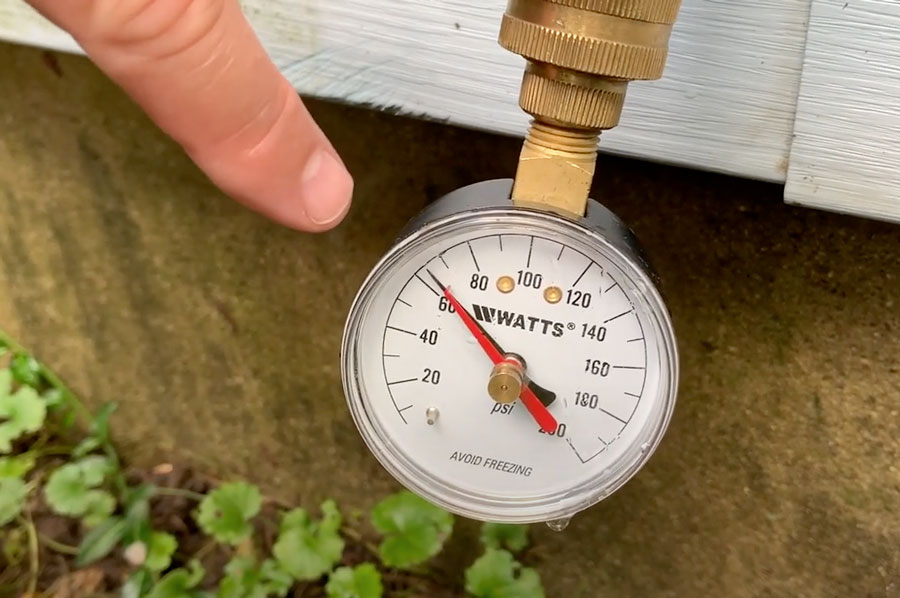
2. Lead Pipes
Many people don’t realize that lead pipes were used in new construction as recently as 1986. Lead pipes are a major health hazard and need to be replaced immediately, a hassle you don’t want to deal with as a new homeowner.
Most areas have already removed lead supply pipes, but individual homes could still have them, so make sure to check any new house you’re considering buying. This can be a massive expense, so identifying the issue before you buy can save you thousands of dollars and a whole lot of frustration.
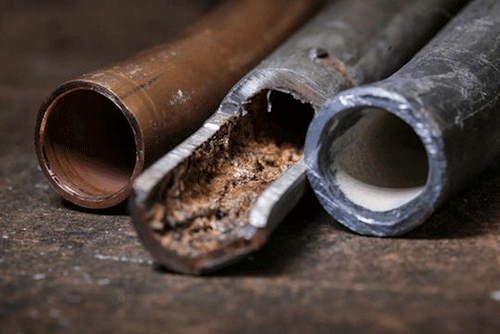
3. Water Heater Issues
Water heater issues are also common plumbing problems that are better to avoid in a new house, especially because replacing or repairing a water heater can be quite expensive.
Strange noises and clanking emanating from the water heater while it’s running could indicate a mineral accumulation. This is common in areas with hard water and can damage your water heater over time or reduce its efficiency.
Homes in places with soft water don’t risk mineral buildup in their water heaters but need to watch out for tank erosion. Most water heaters have a sacrificial anode rod designed to erode before the tank experiences any wear. Checking this anode rod for signs of decay could tip you off that you’ll need to replace the tank soon.
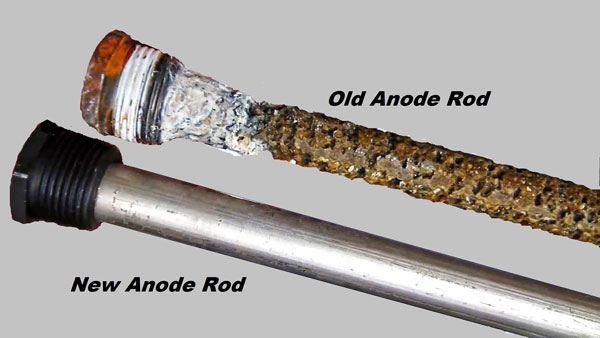
Final Thoughts
Although this isn’t a full guide for what to look for, it’s often more efficient to look for the few items that are most often the culprits. From there, you can perform a more detailed inspection with your home inspection service, which we highly recommend.
Another tip is to make sure your plumber goes on a house inspection with you. They should be more proficient in finding issues than a general home inspector.
Related Resources
- How to test water pressure (with video)
- Everything you need to know about lead pipes
- The most common water heater repairs
- Everything to know about water softeners and hard water
- Do you need a water softener?
- How to check and replace the anode rod in your water heater
- Plumbing Services page
Call 1-Tom-Plumber
Don’t hesitate to contact us here or call us at 1-Tom-Plumber (1-866-758-6237) if you need help finding or repairing plumbing problems in a new house.
1-Tom-Plumber’s certified team of plumbers and drain technicians respond immediately to any emergency plumbing, drain cleaning, or water damage problem. We also handle the excavation of underground water lines and sewer main lines. Our immediate-response team is available every day and night of the year, even on holidays.

